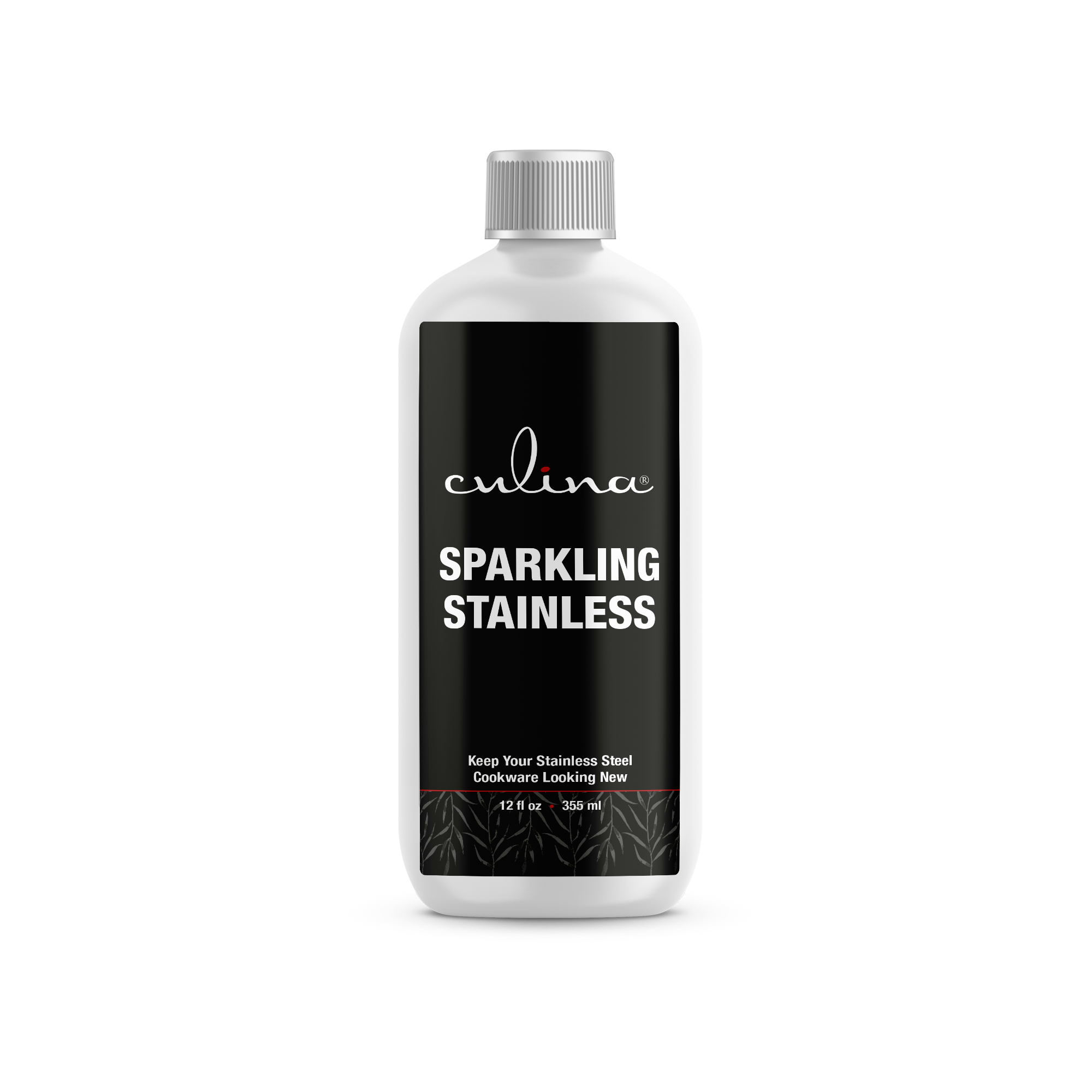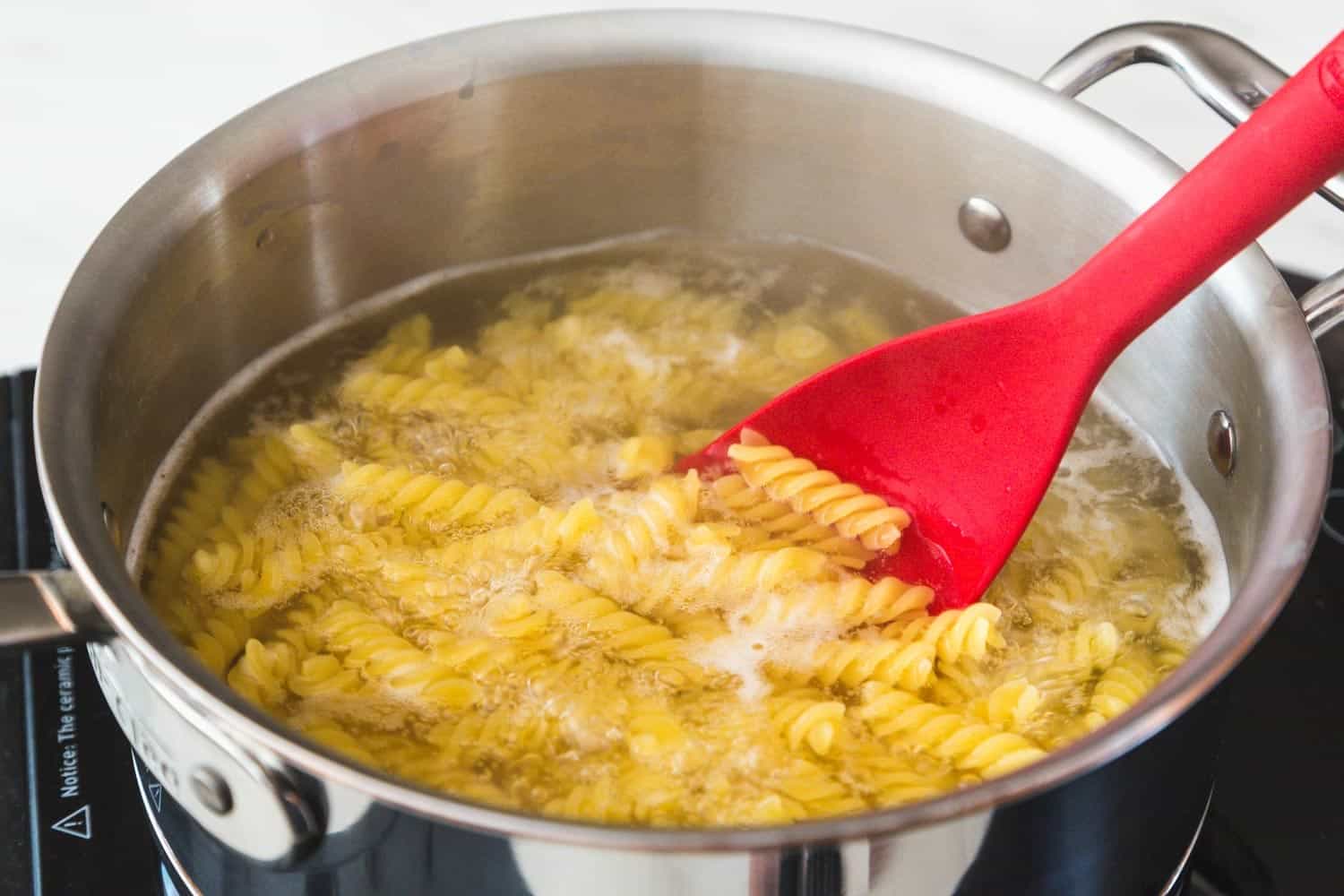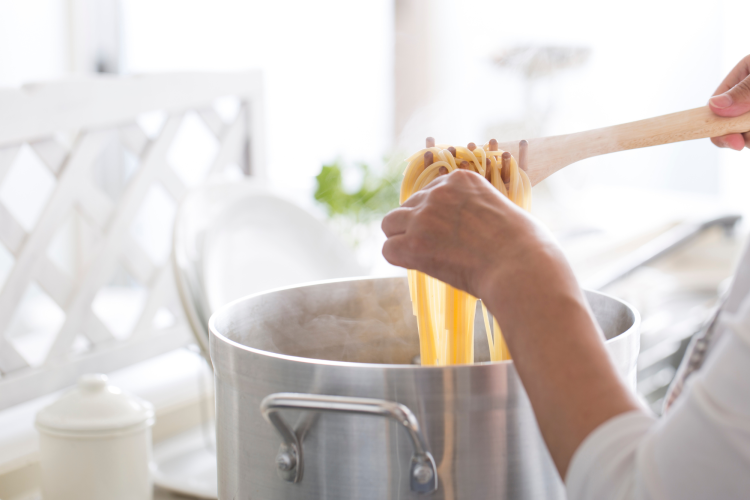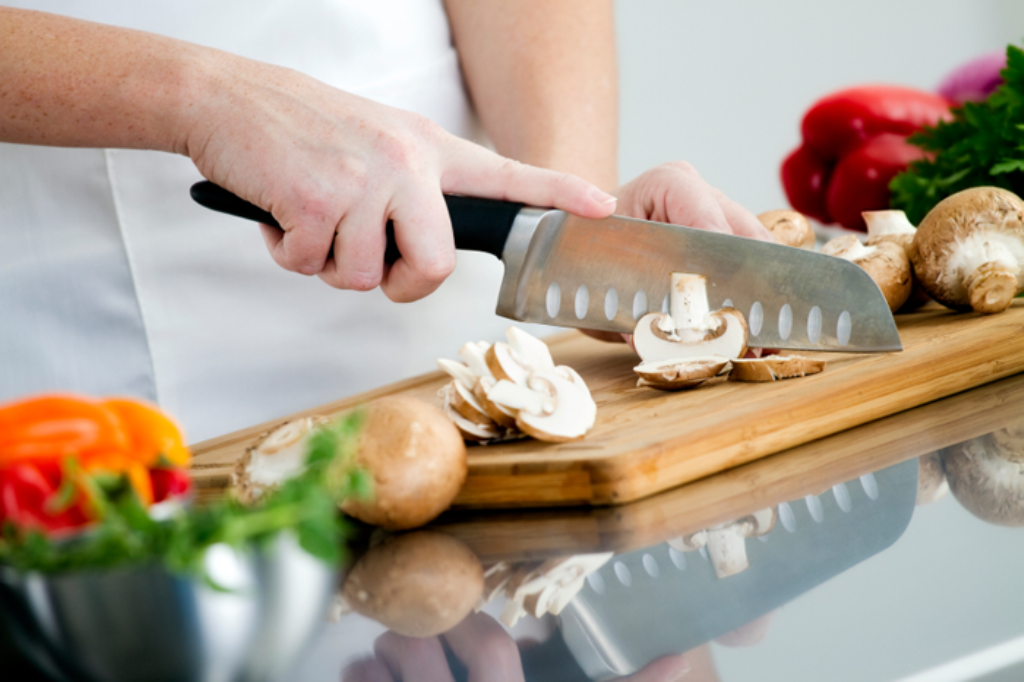Porridge is a classic breakfast option that has been enjoyed for centuries. It's warm, hearty, and nourishing. For kitchen professionals looking to refine their breakfast offerings, knowing how to make porridge in a saucepan can elevate your menu significantly. In this article, we will delve into the intricacies of cooking porridge in a saucepan, sparking inspiration and delighting your clients.
In its simplest preparation, porridge consists of oats simmered in water or milk, but there are countless variations to explore, making it a versatile dish. Whether you aspire to make it creamy, chunky, or fruity, understanding the foundational steps is essential for consistency and quality in your kitchen.

The Right Type of Saucepan
Choosing the right saucepan is crucial. A heavy-bottomed, non-stick saucepan offers uniform heat distribution and prevents sticking, key ingredients to achieving the perfect consistency. Consider options like the non-stick saucepan for your kitchen.

Ingredients for a Basic Porridge
- Oats (rolled or steel-cut)
- Liquid (water or milk)
- Salt (optional for flavor)
- Sweetener (honey, maple syrup, or sugar, if desired)
- Toppings (fruits, nuts, or spices)

Step-by-Step Guide: How to Make Porridge in a Saucepan
Step 1: Measure Your Ingredients
For a perfect porridge, start with the right ratios. Typically, one part oats to two parts liquid is sufficient. Adjust based on desired thickness.
Step 2: Combine Ingredients
In your saucepan, combine oats, liquid, and a small pinch of salt. Stir well to ensure that the oats are submerged.
Step 3: Bring to a Boil
Turn on the heat to medium and bring the mixture to a boil while stirring occasionally. Boiling helps release the starch from the oats, thickening the porridge.
Step 4: Simmer the Porridge
Once boiled, reduce the heat to low and let your porridge simmer for 5-10 minutes for rolled oats or 20-30 minutes for steel-cut oats. Stir occasionally to prevent sticking.
Step 5: Enhance Flavor and Texture
Once the porridge has reached your desired consistency, it's time for enhancements. Consider adding spices like cinnamon or cardamom and natural sweeteners such as honey or maple syrup.

Unique Variations to Try
The versatility of porridge allows for numerous variations. Consider incorporating banana slices for natural sweetness or almond butter for added protein. You may experiment with different grains, such as quinoa or barley, to provide interesting flavors and textures.
Incorporating Local Ingredients
As a kitchen professional, sourcing local ingredients can heighten the quality of your porridge. Look for seasonal fruits or locally produced honey to offer unique menu options.
Common Mistakes When Making Porridge
Avoid common pitfalls like not stirring enough, which can lead to clumping and uneven cooking. Another mistake is using extremely high heat; patience is key in achieving the perfect porridge.
Serving Suggestions
Serve porridge hot, garnished with fresh fruits, nuts, or a drizzle of honey. This not only enhances the appeal but also adds nutritional value.
Cleaning Tips for Your Saucepan
After preparing your porridge, ensure you properly clean the saucepan to maintain its longevity. See our guide on cleaning burnt saucepans for efficient methods.
Frequently Asked Questions
Can I use steel-cut oats instead of rolled oats?
Yes, steel-cut oats can be used, but they will require a longer cooking time.
How do I make porridge creamier?
To enhance creaminess, use milk instead of water and consider stirring in a splash more towards the end of cooking.
What toppings work best for porridge?
Popular toppings include fresh fruits, nuts, seeds, and sweeteners like honey or preferences like nut butter.
As an Amazon Associate, I earn from qualifying purchases.






Leave a comment
This site is protected by hCaptcha and the hCaptcha Privacy Policy and Terms of Service apply.